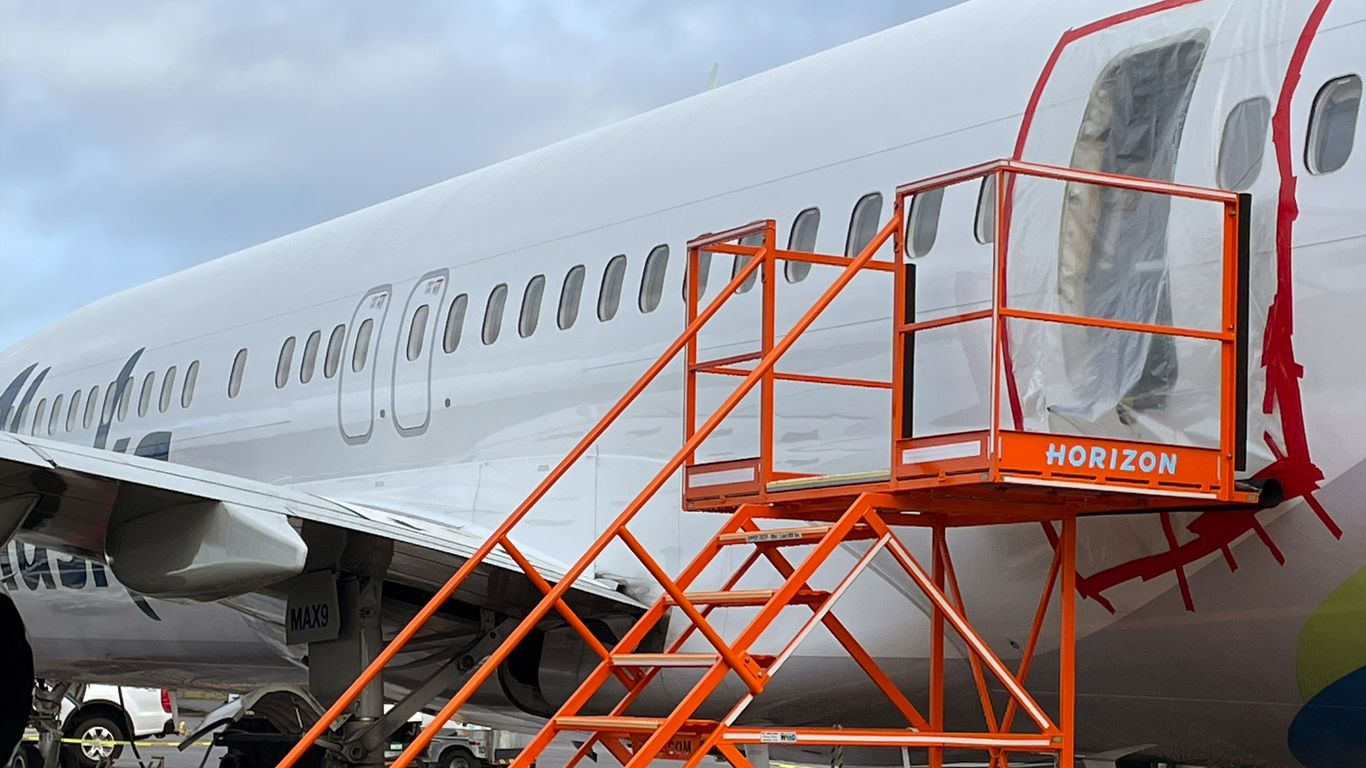The author of this article may have conflicts of interest on the topics related to Boeing 737 MAX program, production facility in Renton, Washington, Alaska Airlines MAX 9 accident and FAA audit. The author does not disclose any potential competing loyalties or obligations that could compromise his objectivity and impartiality.
David Shepardson wrote: 'Boeing has been working with the FAA, which certified the plane, as well as other global regulators to support return to service of MAX.' This sentence implies that Boeing is cooperating with the authorities to resolve the safety issues and regain public trust. However, it does not mention any criticism or scrutiny from external sources.
David Shepardson wrote: 'Boeing said in a memo to employees that Clark will be replaced by Stan Deal, who has been with the company since 1986 and most recently led Boeing's defense, space & security operations.' This sentence introduces a new leader for the program. However, it does not provide any information on his qualifications or experience related to the 737 MAX issue.
David Shepardson wrote: 'Boeing said in a statement on Monday that Alaska Airlines has decided to continue flying its 737 MAX fleet.' This sentence reports on the decision of one of Boeing's customers. However, it does not provide any context or details on why Alaska Airlines chose to keep flying the planes or how they addressed any safety concerns.
David Shepardson wrote: 'Boeing said in a statement on Monday that Ed Clark has decided to leave the company after 10 years.' This sentence focuses on the personal decision of Ed Clark and his tenure at Boeing. However, it does not address any potential conflicts of interest or consequences for leaving the program amidst controversy.
David Shepardson wrote: 'Boeing said in a statement that Alaska Airlines has been flying its 737 MAX fleet since December and is confident in their safety.' This sentence expresses the confidence of one of Boeing's customers. However, it does not cite any evidence or data to support this claim.
David Shepardson wrote: 'Boeing said in a statement that Alaska Airlines has been flying its 737 MAX fleet since December and is confident in their safety.' This sentence repeats some of the points from his previous sentences. However, it does not provide any new or relevant information on the topic.
David Shepardson wrote: 'Boeing said in a statement that Alaska Airlines has been working closely with regulators and Boeing to ensure safe operations of its 737 MAX fleet.' This sentence echoes some of the points from his previous sentence. However, it does not mention any dissatisfaction or pressure from other customers or stakeholders.
David Shepardson wrote: 'Boeing said in a statement that Alaska Airlines has been working with regulators and Boeing on additional quality assurance measures for its 737 MAX fleet.' This sentence indicates some actions taken by one of Boeing's customers. However, it does not specify what these measures are or how they differ from the existing standards.
David Shepardson wrote: 'Boeing said in a statement that Alaska Airlines has been working with regulators and Boeing to ensure safe operations of its 737 MAX fleet.' This sentence repeats some of the points from his previous sentences. However, it does not provide any new or relevant information on the topic.
David Shepardson wrote: 'Boeing said in its memo that Deal and other leaders have been working closely with customers to minimize disruption.' This sentence suggests that Boeing is trying to maintain good relations with its clients. However, it does not mention any accountability or responsibility for the accidents or defects.
David Shepardson wrote: 'Boeing said in its memo that Deal will lead a newly created office of compensation and crisis management.' This sentence reveals some changes within Boeing's structure. However, it does not explain how these changes will affect the 737 MAX program or address any potential liabilities or risks.




